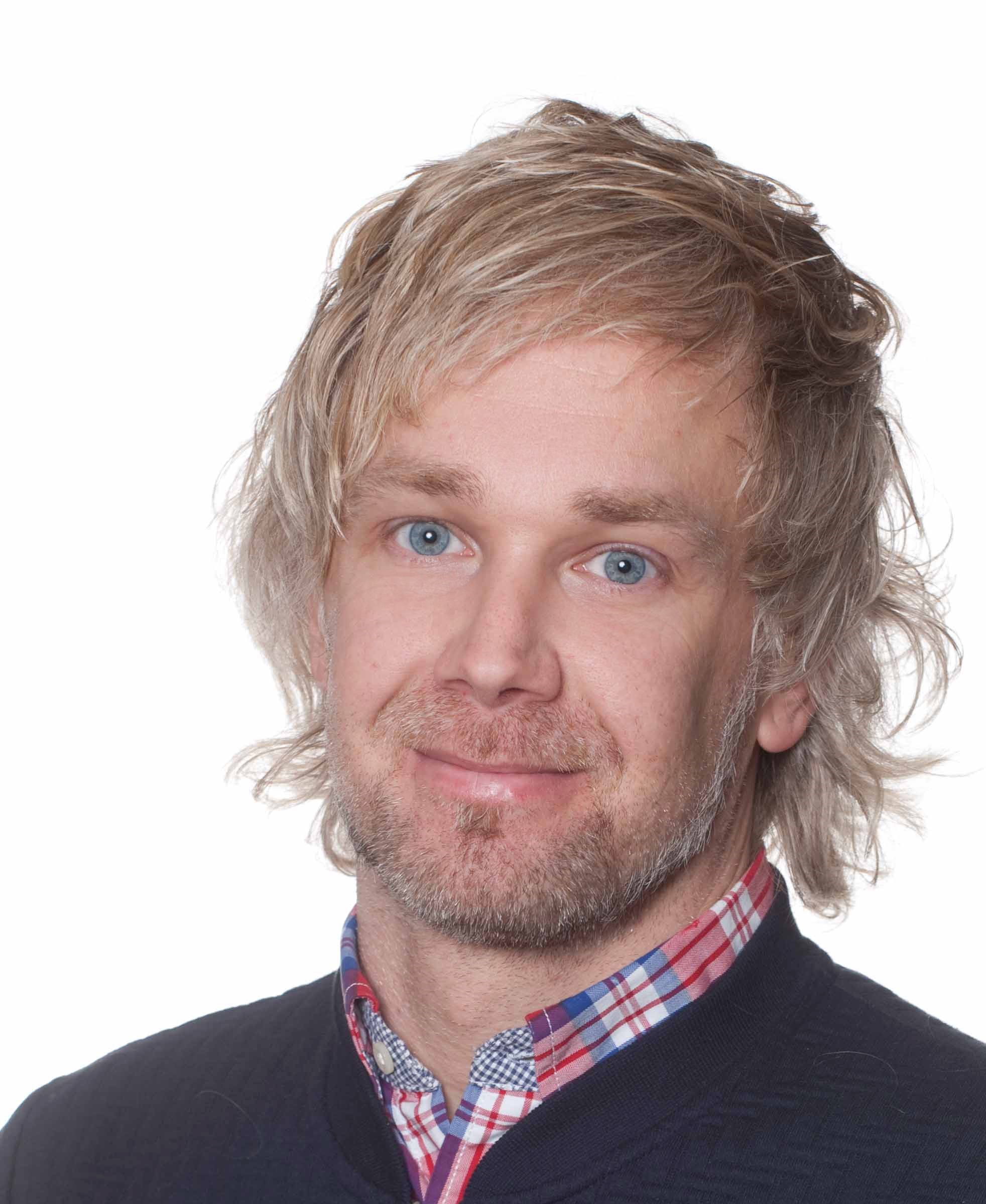- Home
- News and events
- Find news
- Person-centred care throughout the whole care chain resulted in sustained positive effects, particularly in patients with a low educational level. Article and researcher in focus: Andreas Fors
Person-centred care throughout the whole care chain resulted in sustained positive effects, particularly in patients with a low educational level. Article and researcher in focus: Andreas Fors
Person-centred care throughout the whole care chain resulted in sustained positive effects, particularly in patients with a low educational level. Article and researcher in focus: Andreas Fors
 Article: Effects of person-centred care after an event of acute coronary syndrome: Two-year follow-up of a randomised controlled trial. Link to the article.
Article: Effects of person-centred care after an event of acute coronary syndrome: Two-year follow-up of a randomised controlled trial. Link to the article.
Researcher: Andreas Fors
Age: 40
Appointment: Researcher at the Centre for Person-centred Care (GPCC), The Institute of Health and Care Sciences, Sahlgrenska Academy, University of Gothenburg. R&D Manager Primary Care, Gothenburg.
Which personal resources are you using in your research? I am a careful, analytical, structured and thoughtful person. I believe this to be very useful in my research and to achieve set goals, although I tend to get stuck in details.
In patients receiving person-centred care for 6 months you observed that the positive effects lasted for up to 24 months and throughout the whole care chain. You also detected that the greatest effects were found in patients with a low educational level. Please tell me about this. That is correct. We observed this when we did the long term follow-up of a project where we studied the rehabilitation process of persons affected by acute coronary syndrome, i.e. myocardial infarction or angina pectoris. In that study, we followed about 200 persons throughout the care chain (hospital, outpatient care and primary care). It was a randomised, controlled study where half of the patients were randomised into the intervention group receiving “person-centred care” on top of usual care during six months. Significant effects were observed in the group receiving "person-centred care as an addition".
The effect consisted of a composite score of changes, including improved general self-efficacy and return to previous activity level (e.g. work) without increasing the risk for worsening clinical events such as readmission to hospital or death. General self-efficacy was evaluated with a valid and reliable questionnaire. Previous studies have shown that increased self-efficacy is associated with improved health status and reduced health care utilisation.
Further, in the follow-up study we observed that the effects that were shown already after six months sustained for up to 24 months in the group receiving person-centred care as an addition. It is rare to see residual effects for such a long time afterwards. Furthermore, the effect was most pronounced in persons with a low educational level (i.e. no post-secondary level education), which is rarely shown in studies.
What contributed to the effect in persons with a lower level of education? This was a complex intervention, i.e. it consisted of several different components. It is difficult to determine the most effective component and it may be that different aspects were significant for different persons. However, fundamental for all the components in the intervention was that they were based in person-centred ethics. First, to listen thoroughly to the patient’s narrative, second to co-create a health plan, and then to safeguard by documenting and ensuring follow-up of the health plan, all in partnership between patients and health care professionals.
Previous research has shown that the patient’s socioeconomic status may influence the communication with health care professionals. The dialogue with patients having a low educational level is often characterised by a one-way communication where the patient is instructed rather than involved in decisions, whilst shared decision-making is more usual in the consultation with patients who have a high educational level. Patients with a high educational level may also be more used to making their voices heard which also has an impact in care. In this study, it is possible that a person-centred approach resulted in that those with a low educational level, maybe for the first time, were given the opportunity to shape and influence their own care.
Did the health care professionals involved in the study receive any training in person-centred care? Yes, they received training in both person-centred theory and practice. First at an initial launch one-day meeting but also regularly throughout the study. At the follow-up meetings, they were able to bring up practical examples and compare work procedures with each other.
What are you currently working on? I work as a researcher in a couple of different research projects, which are in different phases. This project is more or less completed although we are currently conducting a follow-up that will be completed in 2019 in order to see if the effects still remain up to five years after the intervention.
Now I am mainly involved in a project where I am a Principal Investigator. This project is about person-centred care at distance (telephone-support combined with an eHealth platform) for persons with stress (e.g. burnout syndrome), depression and anxiety. Half of the participants are randomised into the group receiving person-centred care as a complement to usual care, whilst the other half are receiving usual care alone. In this project, we will evaluate effects on self-efficacy, health and sick leave. Further, I am involved in a similar ongoing project, where the same intervention (telephone-support combined with an eHealth platform) is used in patients with COPD and/or heart failure.
The eHealth platform was developed in collaboration with an IT-company, researchers, health care professionals and patient representatives. It can be adapted for use in several studies aimed to study person-centred care.
In these projects, we will also evaluate the actual process, how the eHealth platform is used and we will perform a process evaluation to evaluate what users find most useful, in order to learn more about which mechanisms have effect.